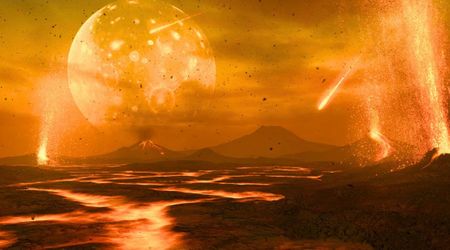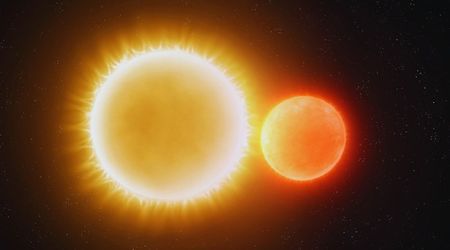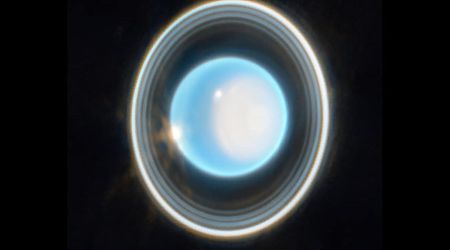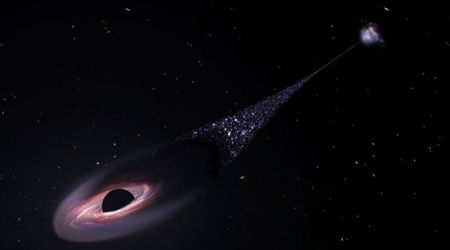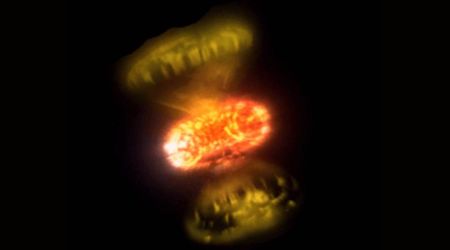SpaceX Dragon set to leave ISS carrying critical research for NASA and global partners

A SpaceX Dragon spacecraft is scheduled to depart from the International Space Station (ISS) on Thursday, May 22, returning to Earth with crucial scientific samples and hardware for NASA and its global partners. NASA+ will provide live coverage of the undocking and departure starting at 11:45 a.m. EDT, as mentioned on NASA.

At 12:05 p.m. ET, the Dragon spacecraft will undock from the space-facing port of the station's Harmony module (zenith). Under the command of SpaceX's Mission Control in Hawthorne, California, its thrusters will fire to move it a safe distance from the station. The Dragon is expected to re-enter Earth's atmosphere and splash down off the coast of California on Friday, May 23. NASA will provide updates on the agency's space station blog, though there will be no live video of the splashdown. This mission, SpaceX's 32nd commercial resupply service, saw the Dragon arrive at the space station on April 22. It launched on April 21 aboard a Falcon 9 rocket from Launch Complex 39A at NASA's Kennedy Center in Florida, carrying nearly 6,700 pounds of supplies, science investigations, equipment and food.

On its return to Earth, the Dragon spacecraft carries vital research that will advance our understanding of materials in space and robotic capabilities. The MISSE-20 (Multipurpose International Space Station Experiment) exposed materials like radiation shielding and detection materials, solar sails and reflective coatings, ceramic composites for reentry spacecraft studies, and resins for potential use in heat shields. Analysing these samples will help NASA understand how they react to ultraviolet radiation, atomic oxygen, charged particles, thermal cycling, and other factors.

Also returning is Astrobee-REACCH (Responsive Engaging Arms for Captive Care and Handling), which successfully demonstrated its ability to grasp and move objects on the space station. The REACCH demonstration used Astrobee robots with tentacle-like arms and adhesive pads to capture space objects with different shapes and surfaces. Testing ways to safely capture and relocate orbital debris and other objects could be crucial for extending satellites' lifespans, performing orbit changes, and removing space junk. These capabilities are vital for protecting the satellites in low Earth orbit that provide essential services to people on Earth. The books from the Story Time from Space project are also on their way back. Astronauts on the space station read STEM-related children's books and filmed themselves doing science experiments. These videos and data were sent to Earth and are available in a video library with accompanying educational materials.

The Dragon spacecraft is also bringing back hardware and data from OPTICA (Onboard Programmable Technology for Image Compression and Analysis), a one-year technology demonstration. OPTICA aimed to improve the transmission of real-time, ultra-high resolution hyperspectral imagery from space. Its insights into data compression and processing could significantly reduce communication bandwidth and lower the cost of acquiring space-based imaging data, without sacrificing data volume. This technology promises to enhance services like disaster response that depend on Earth observations, as mentioned on the company's official website.

The International Space Station has been continuously occupied for over 24 years, fostering scientific knowledge and critical research for Earth's benefit. Its research supports NASA's Artemis Moon missions, prepares for Mars, and expands commercial space opportunities.
